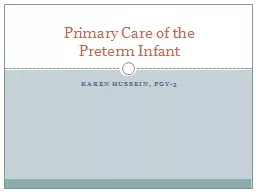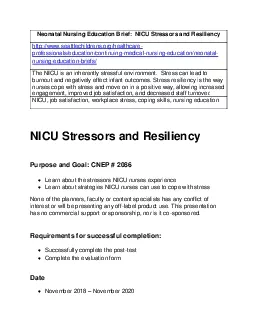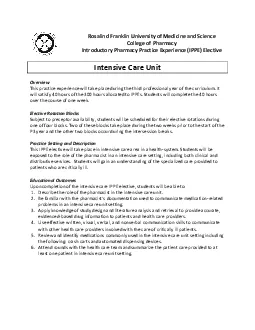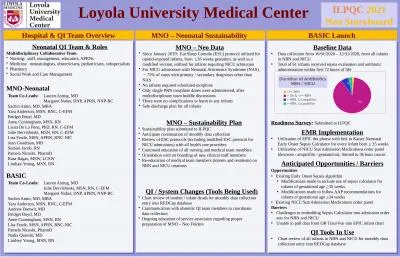PPT-Lengths in The Neonatal Intensive Care Unit (NICU) at the U
Author : tatiana-dople | Published Date : 2016-05-22
Presented by Sathia Veeramoothoo Fan Yang Introduction Measurements of growth are a good indication of overall well being and outcomes in infants Length is a noninvasive
Presentation Embed Code
Download Presentation
Download Presentation The PPT/PDF document "Lengths in The Neonatal Intensive Care U..." is the property of its rightful owner. Permission is granted to download and print the materials on this website for personal, non-commercial use only, and to display it on your personal computer provided you do not modify the materials and that you retain all copyright notices contained in the materials. By downloading content from our website, you accept the terms of this agreement.
Lengths in The Neonatal Intensive Care Unit (NICU) at the U: Transcript
Download Rules Of Document
"Lengths in The Neonatal Intensive Care Unit (NICU) at the U"The content belongs to its owner. You may download and print it for personal use, without modification, and keep all copyright notices. By downloading, you agree to these terms.
Related Documents










![[READ] - Neonatal Intensive Care Nurse Exam Secrets Study Guide: Neonatal Nurse Test](https://thumbs.docslides.com/902492/read-neonatal-intensive-care-nurse-exam-secrets-study-guide-neonatal-nurse-test-review-for-the-neonatal-intensive-care-nurse-exam.jpg)



